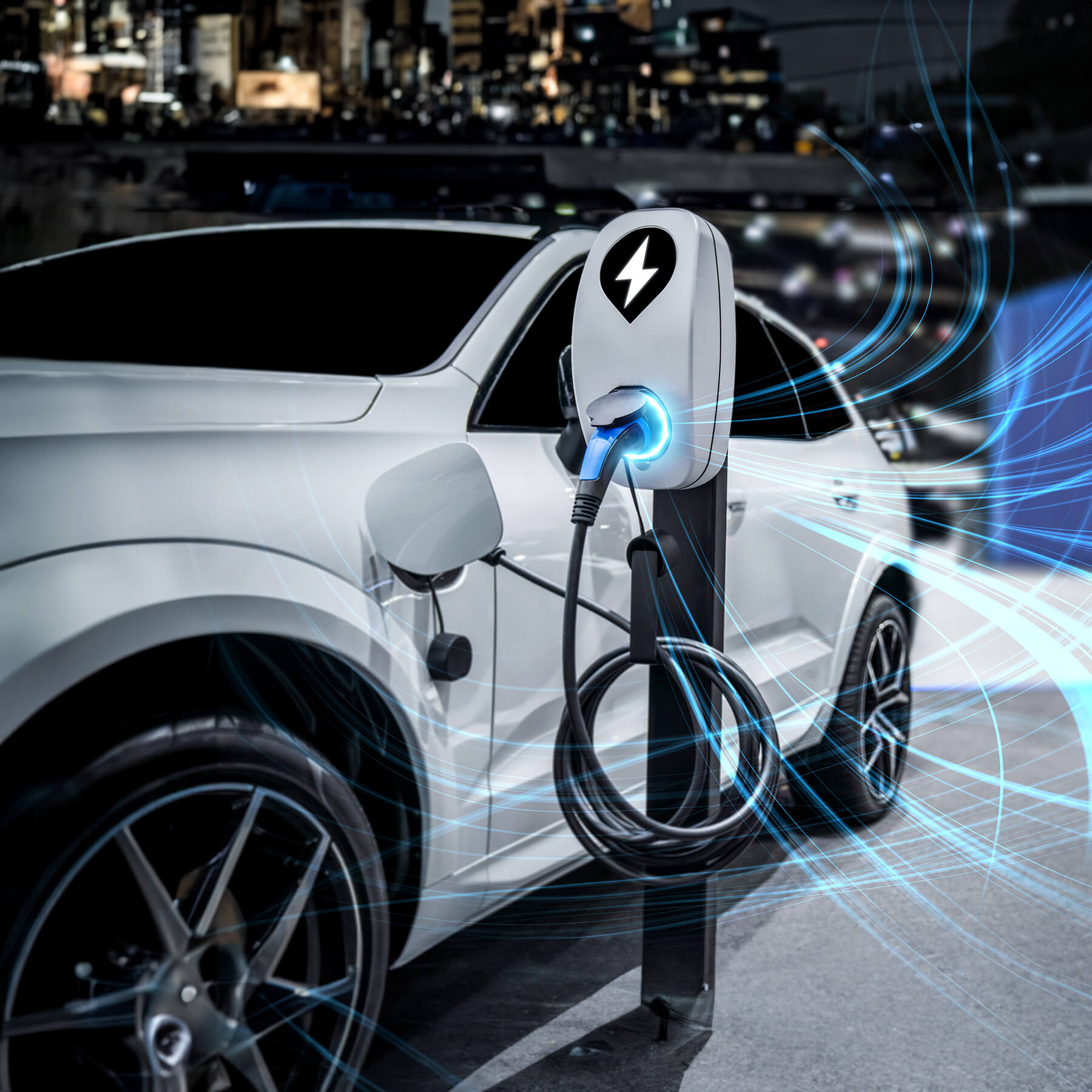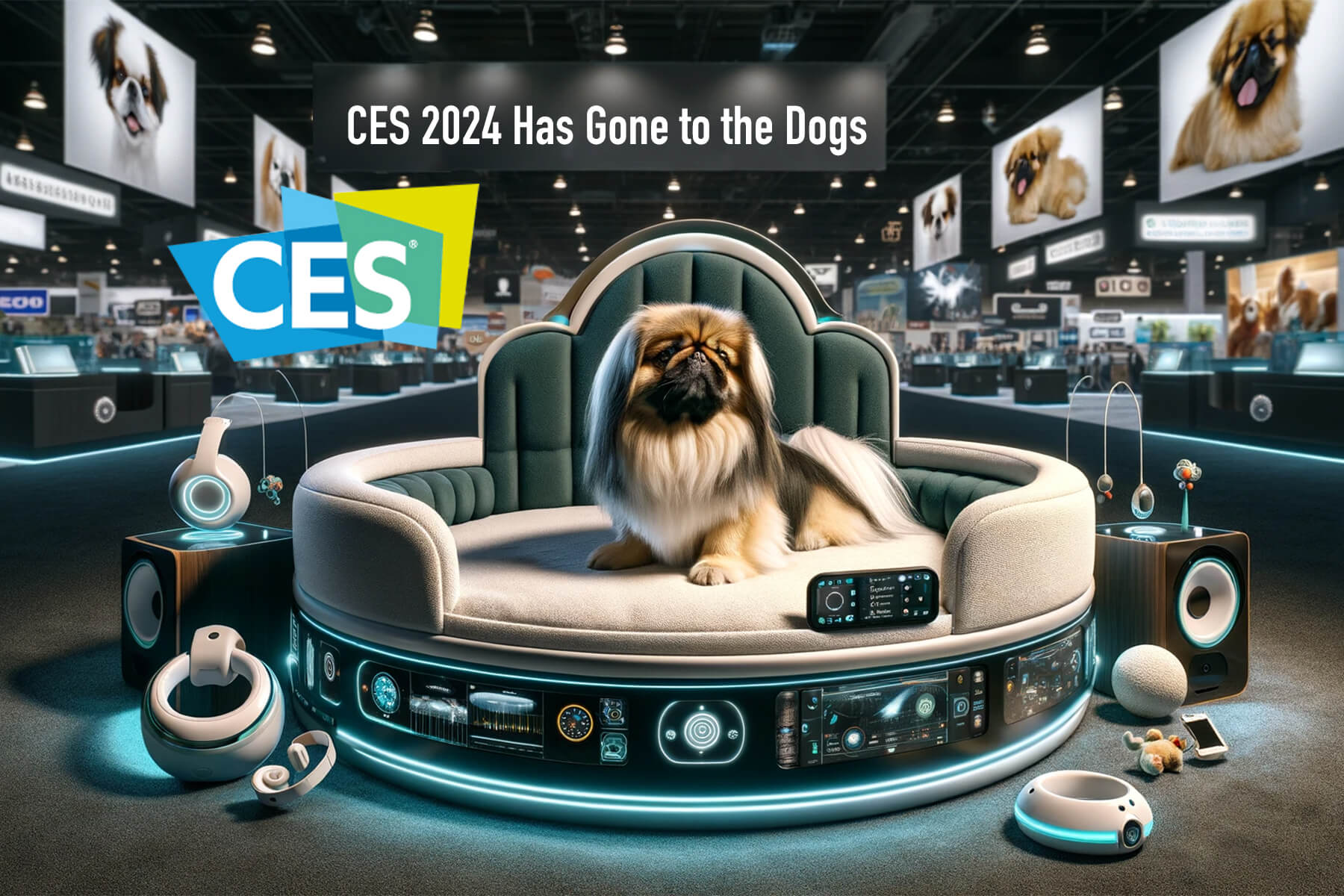From the first Model T’s 20-25 miles per gallon and impressive 40-mile range to today’s EVs chasing over 300 miles, the automotive is a testament to human innovation. In this intricate tapestry of technology and transport, we trace the challenges and the pioneering spirit that defined every era.
1. Cost of Production and Purchase:
- Then: The Model T, once a symbol of affordability, had a starting price of about $825 in 1908 (adjusted for inflation, roughly $23,000 today). The muscle cars of the 1960s and 70s, epitomized by models like the Pontiac GTO, introduced raw power at accessible prices.
- Now: The high cost of batteries, a pivotal component of EVs, pushes their price tag higher.
- 2024 Prediction: Technological advancements will soon render EVs as accessible as the iconic Model T, but with the thrill of a ’69 GTO.
2. Infrastructure and Availability:
- Then: The early 20th century saw a sparse distribution of gas stations. Still, they grew in tandem with car adoption rates.
- Now: Charging stations need to increase to match the burgeoning EV market, a challenge the Biden administration addresses with a $5 billion initiative.
- 2024 Prediction: Charging hubs may evolve into modern-day hangouts reminiscent of the mid-century gas stations and diners along iconic routes.
3. Vehicle Range and Battery Life:
- Then: The Model T’s 40-mile range on its 10-gallon tank was groundbreaking. As the decades progressed, cars like the Shelby Mustang GT500 offered increased range and symbolized freedom.
- Now: Range anxiety haunts prospective EV buyers.
- 2024 Prediction: We forecast ranges that could rival or surpass even the most efficient combustion-engine cars of the past.
4. Adaptation and Public Perception:
- Then: The Jaguar E-Type wasn’t just a car but a piece of art. Cars transitioned from luxury items to essential commodities and status symbols.
- Now: EVs are at the intersection of eco-consciousness, technological prowess, and style.
- 2024 Prediction: The EV might become the symbol of the modern era, representing a harmony of aesthetics and ethics.
5. Environmental Impact and Sustainability:
- Then: The 1960s muscle cars, like the Chevrolet Camaro, were lauded for their power but not their fuel efficiency or emissions.
- Now: EVs tackle the environmental challenges head-on, though battery production remains a concern.
- 2024 Prediction: Sustainability will drive innovations, leading to holistic, eco-friendly automotive solutions.
6. Technological Challenges and Safety:
- Then: Classic cars, like the ’57 Chevy Bel Air, prized mechanical simplicity. They didn’t possess today’s tech, but had their charm.
- Now: Tesla’s Cybertruck, with its bold exoskeleton, echoes the design philosophies of classics, emphasizing both form and function. But its launch, marred by the breaking of its touted “unbreakable” windows, underscores the trials of integrating advanced tech.
- 2024 Prediction: AI and machine learning will play pivotal roles, ensuring that the vehicles learn, adapt, and possibly even predict mishaps.
7. Manufacturing Complexity:
- Then: Cars like the DeLorean, with its gull-wing doors and stainless-steel body, were ahead of their time in design and manufacturing challenges.
- Now: Cybertruck’s exoskeleton, a departure from conventional car design, can be seen as an evolution of the DeLorean’s stainless steel appeal. This presents manufacturing hurdles reminiscent of, yet distinct from, past challenges.
- 2024 Prediction: We might witness old and new techniques melding, with innovations like 3D printing coming to the fore.
Historically, every automotive challenge has fueled innovation. The Cybertruck, in its essence, isn’t just a truck; it’s the culmination of a century of automotive evolution. Its exoskeleton design, while novel, subtly harks back to the boldness of classics like the DeLorean.
One can’t help but imagine a world where Henry Ford and Elon Musk converse. Picture Ford, intrigued by the Cybertruck’s AutoPilot, commenting, “Our Model T brought mobility to the masses.” Musk, with a smirk, might retort, “Our Cybertruck aims to take them to Mars.”
The journey of cars, from the rhythmic clinks of Ford’s assembly lines to the silent efficiency of Tesla’s robots, from roaring engines to the serene hum of EVs, charts not just technological progress but also our evolving ethos.
Challenges, while daunting, only propel us forward. As we drive into 2024, we’re looking at more than improved battery ranges or more intelligent AI. We’re heralding a new era where every vehicle carries the legacy of its predecessors and the promise of the future.



